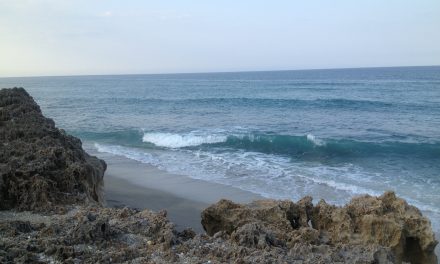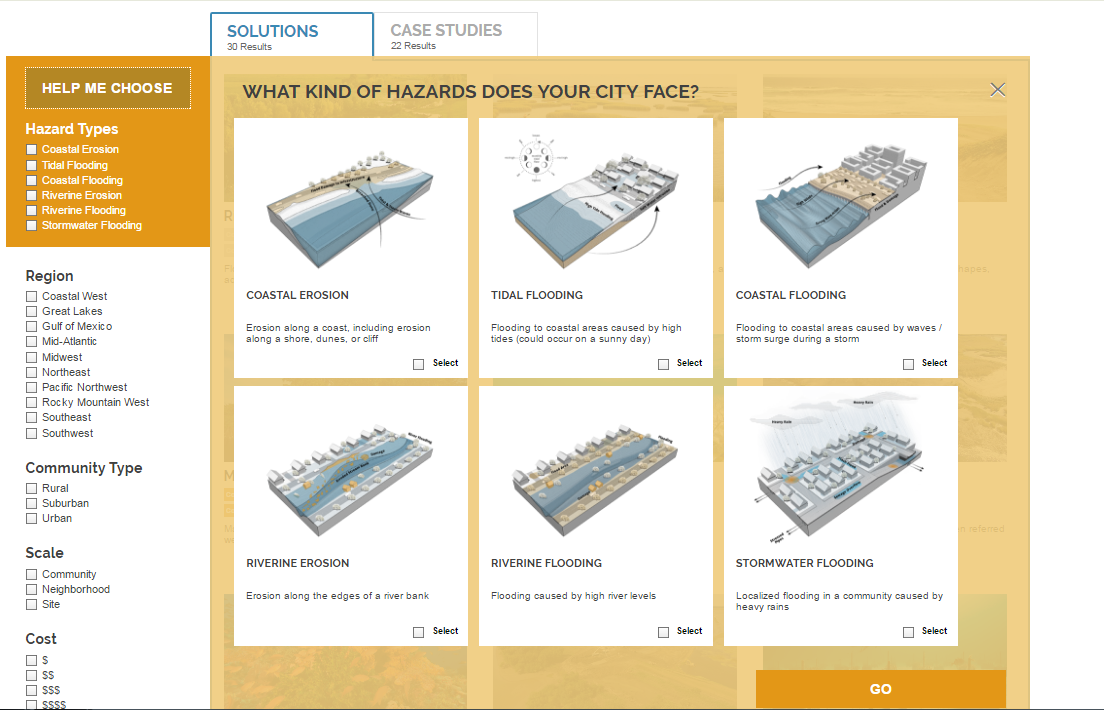In November 2014, the Federal Emergency Management Agency (FEMA) formally issued new mapping standards for “Adequate Progress” (Zone A99) and “Flood Protection Restoration” (Zone AR) determinations. The agency has since updated its Zone A99 and Zone AR fact sheets to reflect changes in law and the new mapping standards.
Communities may want to apply for a Zone A99 or a Zone AR determination because these could allow property owners to pay lower insurance rates than they would otherwise.
Section 19 of the Homeowner Flood Insurance Affordability Act of 2014 called for FEMA to change how it accounts for the construction or reconstruction of flood protection systems in its flood maps as well as how the agency accounts for non-federal funding for these systems. The law also allows FEMA to include the value of existing protection features when issuing Zone A99 and Zone AR determinations.
Under the new changes in Zone AR and A99 determinations, FEMA is now authorized to consider Zone A99 requests for projects involving the construction or reconstruction of flood protection systems. Further, reconstruction projects can be considered for Zone A99 determination based on the present value of the existing system, not just the reconstruction project activities. Additionally, the agency must consider Zone A99 projects regardless of the funding source. Non-Federal systems are now eligible for Zone A99 and Zone AR designation without the need for original Federal participation or funding. Finally, FEMA is authorized to consider Zone AR requests for levees in river and coastal areas, except when the landward flood zone of the existing structure would be defined as a Coastal High Hazard Area.
In January, FEMA also released a new fact sheet on levee seclusion mapping. Levee seclusion mapping will allow FEMA to provide community officials, residents, and business owners with updated information about their local flood hazards, while identifying areas where Flood Insurance Rate Map (FIRM) updates have not yet been applied to levee-related flood hazards.
In January, FEMA launched a new interactive data visualization tool that allows the public to explore currently available FEMA grant data and disaster declarations by state, hazard, and county.





